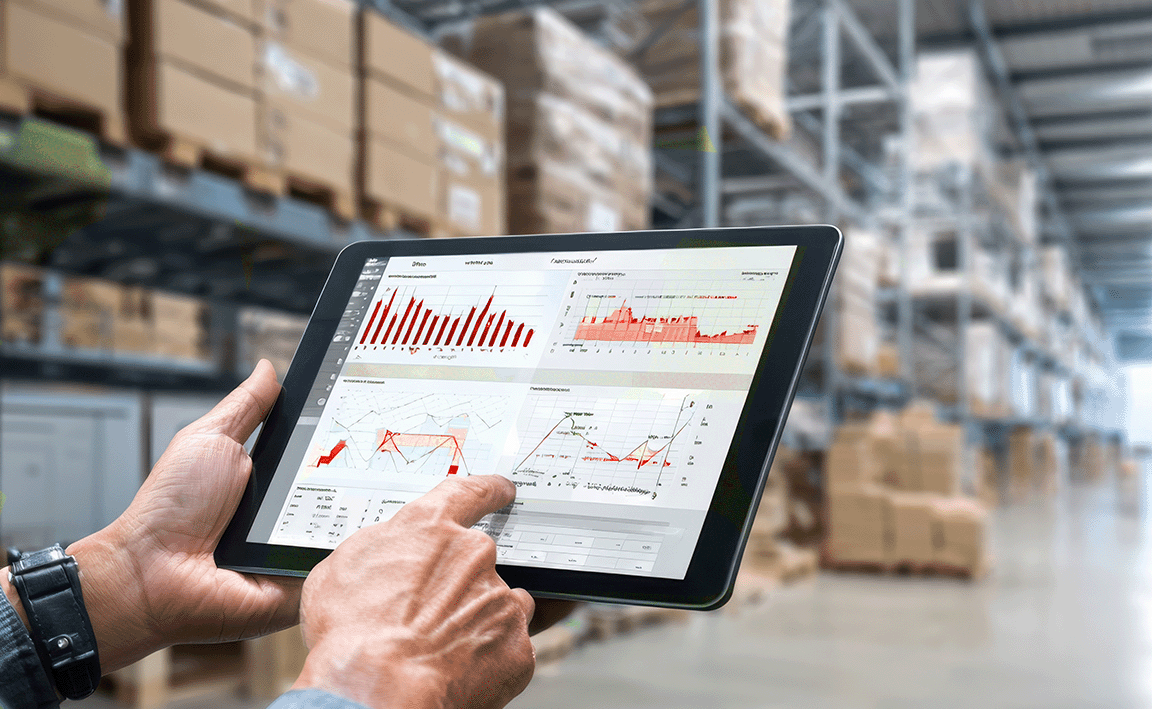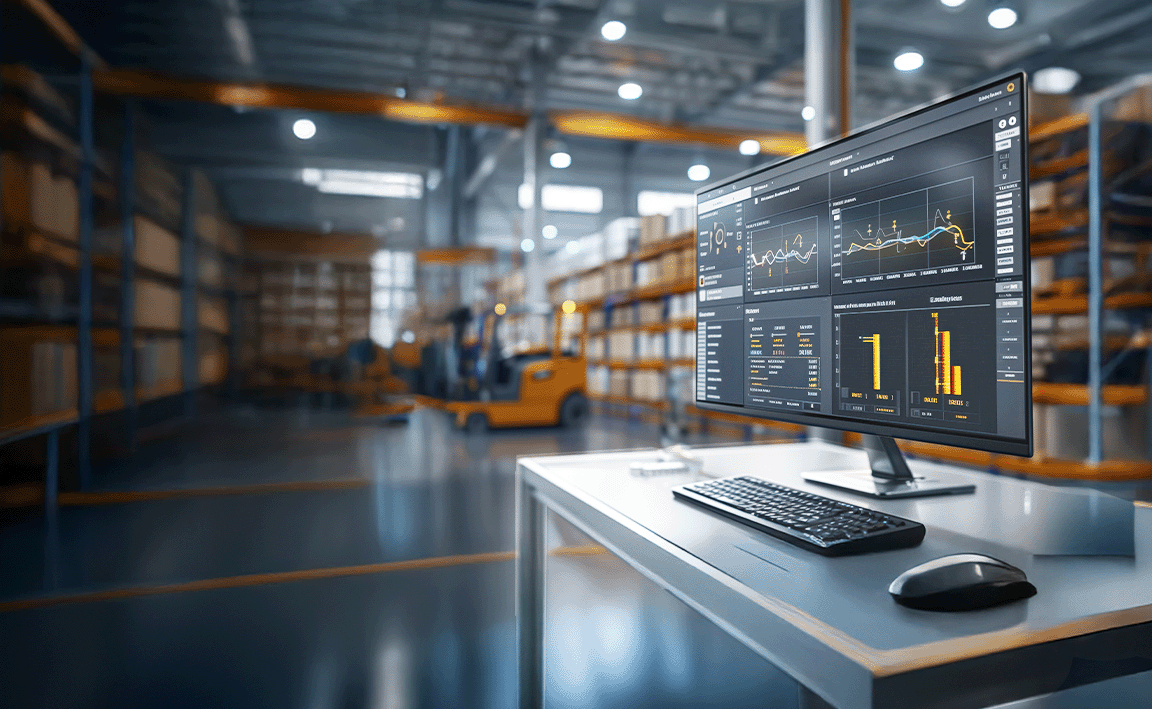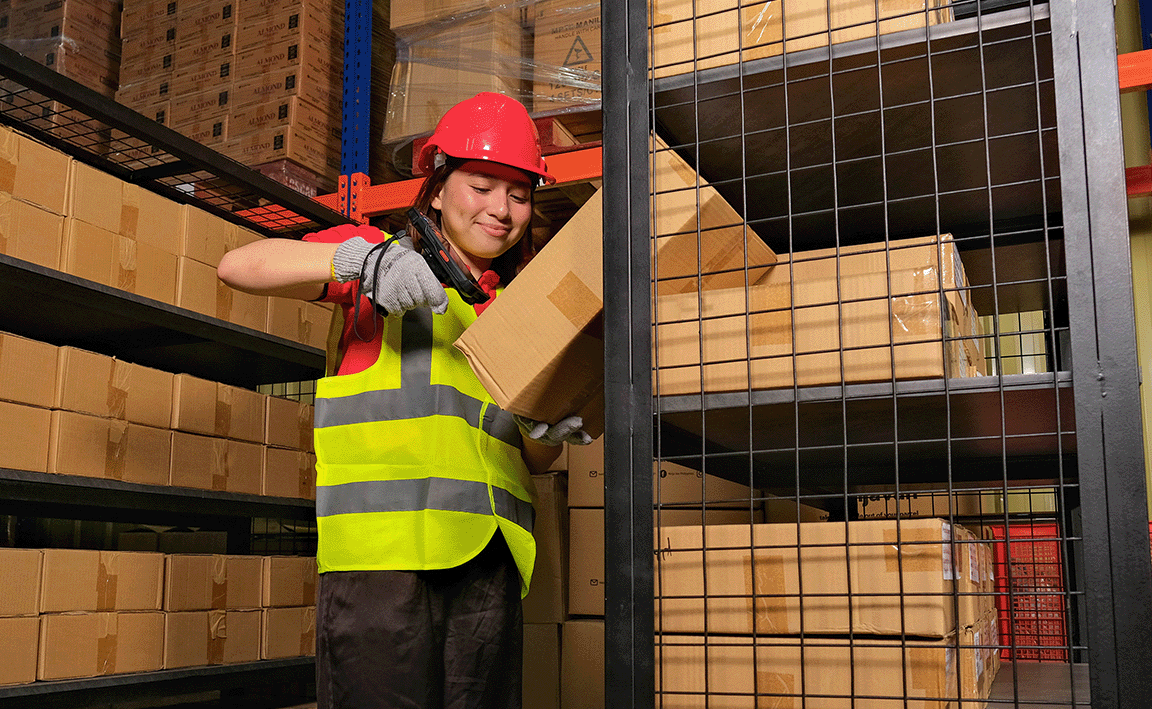How Top FMCG Brands in the Philippines Are Winning with Smarter Fulfillment
.webp)
Fast-moving consumer goods (FMCG) move fast for a reason. They are daily essentials that need to be available everywhere, all the time. From snacks and shampoo to cleaning supplies, these products depend on tight coordination between storage, packing, and delivery.
In the Philippines, shoppers now buy across Shopee, Lazada, TikTok Shop, Temu, and social live streams, creating a complex, fast-paced supply chain. Based on year-to-date data as of June 2025, FMCG growth stands at 4.5 percent well within the industry’s forecast range, showing steady expansion despite market challenges.
Behind this growth lies one invisible engine: fulfillment. How products are received, stored, packed, and shipped to retailers or consumers. When done right, it’s seamless, but when done wrong, it can halt a brand’s momentum overnight.
This article explores why FMCG fulfillment in the Philippines is uniquely challenging, how modern logistics partners are changing the game, and how tech-driven systems help top brands scale efficiently and stay competitive.
Why FMCG Fulfillment in the Philippines Is Tougher Than It Looks
The FMCG supply chain may look simple on paper, but reality hits harder. Brands often manage hundreds of SKUs, each with different shelf lives and packaging needs. A single mistake in stock tracking can lead to empty shelves or wasted goods. Unlike durable goods, FMCG items sell fast and expire faster. There is little margin for delay.
Seasonal surges add another layer of chaos. Think of December sales or TikTok live-selling frenzies where orders spike in minutes. When warehouse teams rely on manual tracking, mistakes multiply, and confusion snowballs. Missed deliveries don’t just cost sales. They damage trust.
Geography makes things harder. Metro Manila’s traffic can turn “next-day delivery” into a gamble, while inter-island shipping across Visayas and Mindanao adds unpredictable lead times and costs. Temperature-sensitive goods, especially food and personal care, add another layer of complexity.
Many warehouses still rely on spreadsheets and clipboards to manage thousands of boxes. Stockouts, mixed orders, and missed promotions follow. Ninja Van, which works closely with FMCG companies and TikTok sellers, has seen order volumes spike by up to 400 percent during viral campaigns. Only brands with integrated systems can keep up.
Without a tech-backed foundation, the “fast” in FMCG quickly becomes “frustrating.”
What Sets Modern Fulfillment Partners Apart? Lessons from the Field

Fulfillment today isn’t just about shipping. It's about creating an ecosystem where every step, from factory to doorstep, is connected and transparent. Modern fulfillment partners bring structure, technology, and flexibility to a process that used to depend mostly on manpower and guesswork.
Outsourcing to an experienced partner saves brands years of investment in warehouses, IT systems, and trained logistics teams. It lets businesses focus on what they do best while experts handle the operational load.
End-to-End Logistics
Instead of juggling multiple providers for warehousing, packing, and delivery, modern fulfillment partners offer an end-to-end solution. Inventory intake, storage, picking, labeling, last-mile handover, and even returns is connected in a single workflow.
For FMCG brands, that means fewer moving parts and fewer delays. When every order is visible from warehouse to customer on a single dashboard, troubleshooting becomes easier and coordination smoother. Internal teams can focus on launching campaigns rather than chasing shipments.
Tech-Driven Platforms
Today’s fulfillment technology is far beyond spreadsheets. Automated scanning, real-time dashboards, and smart warehouse management systems (WMS) sync directly with e-commerce platforms like Shopee, Lazada, Temu, and TikTok Shop.
Orders update automatically, stock levels refresh instantly, and restock alerts trigger in real time. Brand managers can see which products are selling fastest, where bottlenecks are forming, and plan promotions with confidence.
This level of visibility helps teams plan promotions and campaigns with confidence. It turns fulfillment data into strategic intelligence, something in-house setups often struggle to achieve without heavy IT investment.
Cost-Efficient Scalability
Owning a warehouse may sound ideal until it sits half-empty after peak season. Traditional leases lock brands into fixed costs, while hiring staff for short bursts strains budgets.
Flexible, pay-per-use fulfillment models solve this. Brands can scale space, manpower, and delivery capacity only when needed. During high-demand months, they expand fast; during slow periods, they scale down with no penalties.
This elasticity is vital for FMCG brands facing unpredictable trends and frequent launches. It also prevents costly overexpansion common in fully in-house setups.
Nationwide Reach
Delivering across the Philippine archipelago especially to distant regions like Davao, West Visayas requires precise routing and coordination. Fulfillment partners with a nationwide hub-and-spoke network make this efficient, ensuring even remote customers get on-time deliveries.
Regional hubs shorten lead times and help brands expand nationwide without heavy capital investment in warehouses or fleets.
Customer Satisfaction
At the end of the day, fulfillment is judged at the customer’s doorstep. Every accurate, on-time delivery reinforces trust. Every mistake chips away at it. Reliable partners use scan-to-verify systems, automated quality checks, and optimized routes to keep deliveries consistent. Returns are handled smoothly and communication remains transparent.
For brands, this means loyal customers and fewer complaints, without micromanaging every shipment.
The Human Impact of Automation
Automation doesn’t replace people but it empowers them. Well-integrated systems reduce manual sorting, label printing, and inventory reconciliation, freeing teams to focus on smoother order flow.
For brand managers, that means fewer late nights spent reconciling stock counts and fewer customer complaints piling up. Automation, in other words, doesn’t replace people but it gives them better tools to do smarter work.
What makes modern fulfillment stand out is adaptability. Ninja Van’s modular model lets FMCG companies choose only the parts they need, from storage to last-mile, creating a setup that fits their operations instead of forcing a one-size-fits-all approach.
Real Results: How Tech-Driven Fulfillment Transforms FMCG Growth

When fulfillment becomes smarter, growth stops being a guessing game. Efficient operations reduce waste, prevent overstocking, and improve cash flow all while freeing up teams to focus on marketing, R&D, and customer engagement instead of chasing missing boxes.
The biggest advantage is visibility. With digital tracking, brands know exactly where their products are and how fast they’re moving. This data allows them to plan campaigns based on real inventory, not assumptions. Reliable fulfillment also shortens product launches; new items can reach shelves or customers in days instead of weeks.
A great example is a TikTok FMCG brand in the Philippines that grew from a few thousand to over 40,000 monthly orders after outsourcing fulfillment to Ninja Van. By combining warehousing, packing, and delivery, Ninja Van helped the brand stay compliant with TikTok’s seller policies, maintain high ratings, and cut down operational delays. This led to faster order turnaround, fewer errors, and significant cost savings within just a few months.
These are not just logistics wins. They're business wins. Better fulfillment translates directly to higher customer satisfaction and brand loyalty, which ultimately fuels repeat sales.
6 Practical Ways FMCG Brands Can Streamline Fulfillment (and Sleep Better at Night)
- Invest in inventory management tech.
Manual tracking is no match for fast-moving goods. Use dashboards, barcodes, and automated alerts to prevent stockouts and over-ordering.
- Optimize warehouse design and picking routes.
Place best-selling SKUs closer to dispatch areas and organize storage by turnover rate. This simple adjustment can save hours each week.
- Plan for peaks and live-selling surges.
Data from past sales can predict demand spikes. Work with partners who can scale manpower and space during those critical windows.
- Strengthen last-mile efficiency.
In a geographically fragmented market, nationwide coverage is essential. Real-time delivery tracking reduces uncertainty for both sellers and customers.
- Audit fulfillment regularly.
Even efficient systems develop bottlenecks. Schedule quarterly reviews to uncover hidden costs, outdated tools, or under-utilized space.
- Partner wisely.
Look beyond pricing. The right partner offers transparency, flexibility, and seamless e-commerce integration. Ninja Fulfillment’s modular, pay-per-use system helps local FMCG brands manage rapid growth without overcommitting to infrastructure.
For those looking to go deeper, Ninja Van regularly publishes guides on warehouse optimization, inventory planning, and seasonal surge management to help any operations team refining its process.
Ready for the Next Level? Building a Future-Proof Fulfillment Strategy

Fulfillment is no longer a backroom task; it’s a competitive advantage. Brands that invest in data, flexibility, and strong partnerships will lead the Philippine FMCG market.
With partners like Ninja Van, companies gain access to integrated warehousing, advanced tracking systems, and dependable last-mile networks tailored for the country’s unique geography and market dynamics.
A future-proof fulfillment strategy starts by choosing smarter systems and collaborators who understand the speed, complexity, and heart of FMCG.

